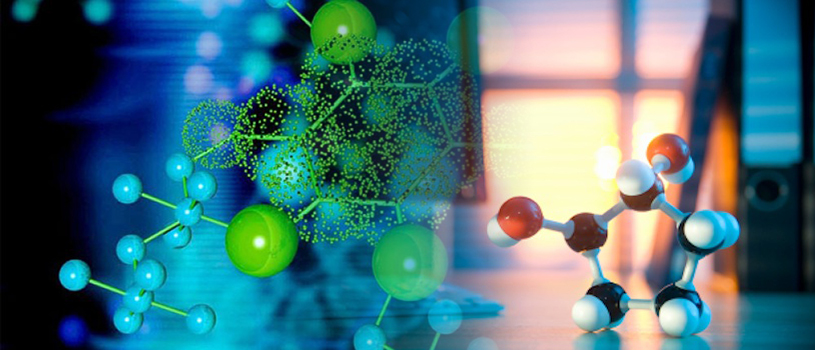
Google's Waymo has patented a technology that will make its self-driving cars soft on the outside if it comes across a situation where there is a possibility of an accident with a human.
A numerical simulation of TRAPPIST-1 is used to play a piano note every time a planet passes in front of the star and a drum every time a faster inner planet overtakes its outer neighbor.

Nasa’s Cassini spacecraft is set to commence its final five orbits around Saturn, marking the final phase of its exploration mission of the planet.

Researchers have developed technology that enables a smartphone to perform lab-grade medical diagnostic tests that typically require large, expensive instruments.

A fifth of the world’s population lives in the region, where heat and humidity is expected to exceed the upper level of human survivability.

California, US legislators are considering a bill that would allow state funeral homes to start dissolving bodies in a chemical bath by 2020.

A new study by a team from US indicates that black hole mergers could be very common, which has implications for the study of black holes and gravitational waves.

Engineers have developed dynamic windows that can switch from transparent to opaque or back again in under a minute and do not degrade over time.

A team of scientists used 20 years of data from several telescopes to watch how three stars orbited the center of our own Milky Way Galaxy, Sagittarius A*. They’ve created a general relativity theory test.

The Orlando City Commission unanimously approved a resolution Tuesday establishing a goal to move Orlando to 100 percent clean and renewable energy by 2050.

Researchers have developed much more advanced RNA biocomputers that can handle more computations and complex logic. Ribocomputing is coming of age.

Globally, the building is number two with a rating of 103 out of 110 under the Leadership in Energy and Environmental Design (LEED) NC v2009 rating system for green buildings.

Known as the East Anglia THREE, the planning consent granted today allows for the instillation of 172 ‘next generation’ turbines, each of which stands 247 meters in height.

A solar 4.5 gigawatt project plant in Tunisia could provide carbon-free electricity to over five million European homes or over seven million electric vehicles.

Researchers have developed a device that can switch cell function to rescue failing body functions with a single touch.